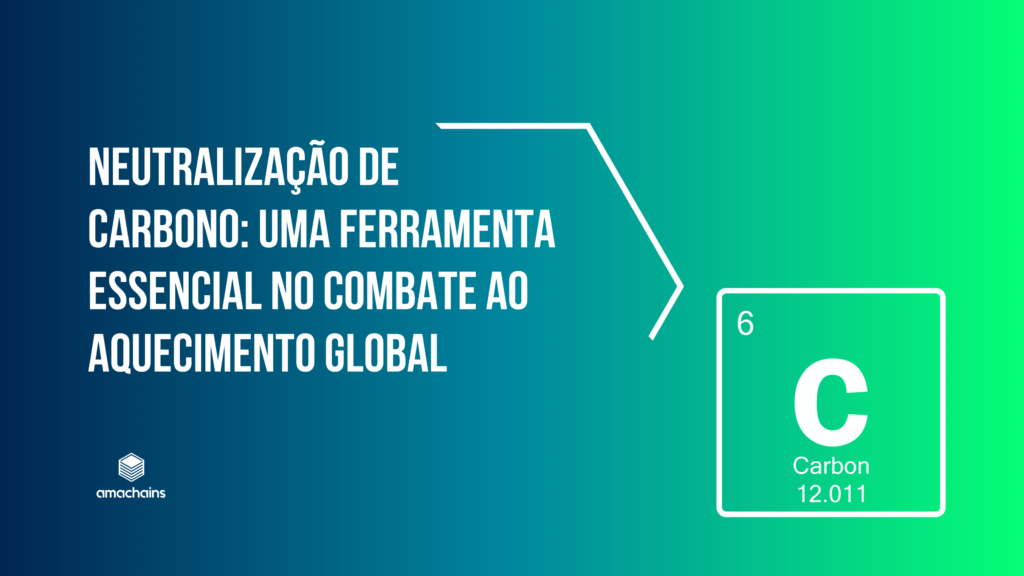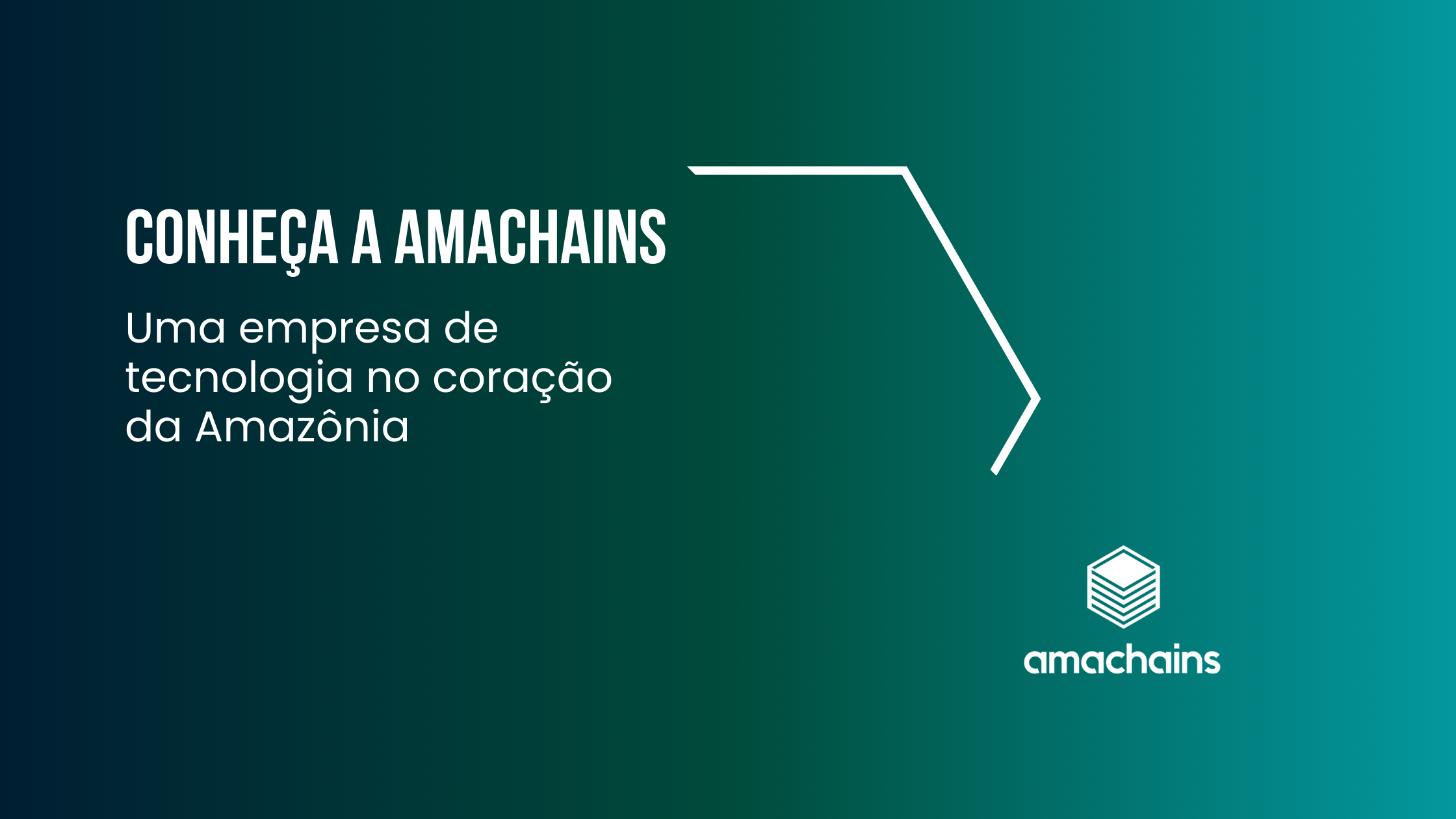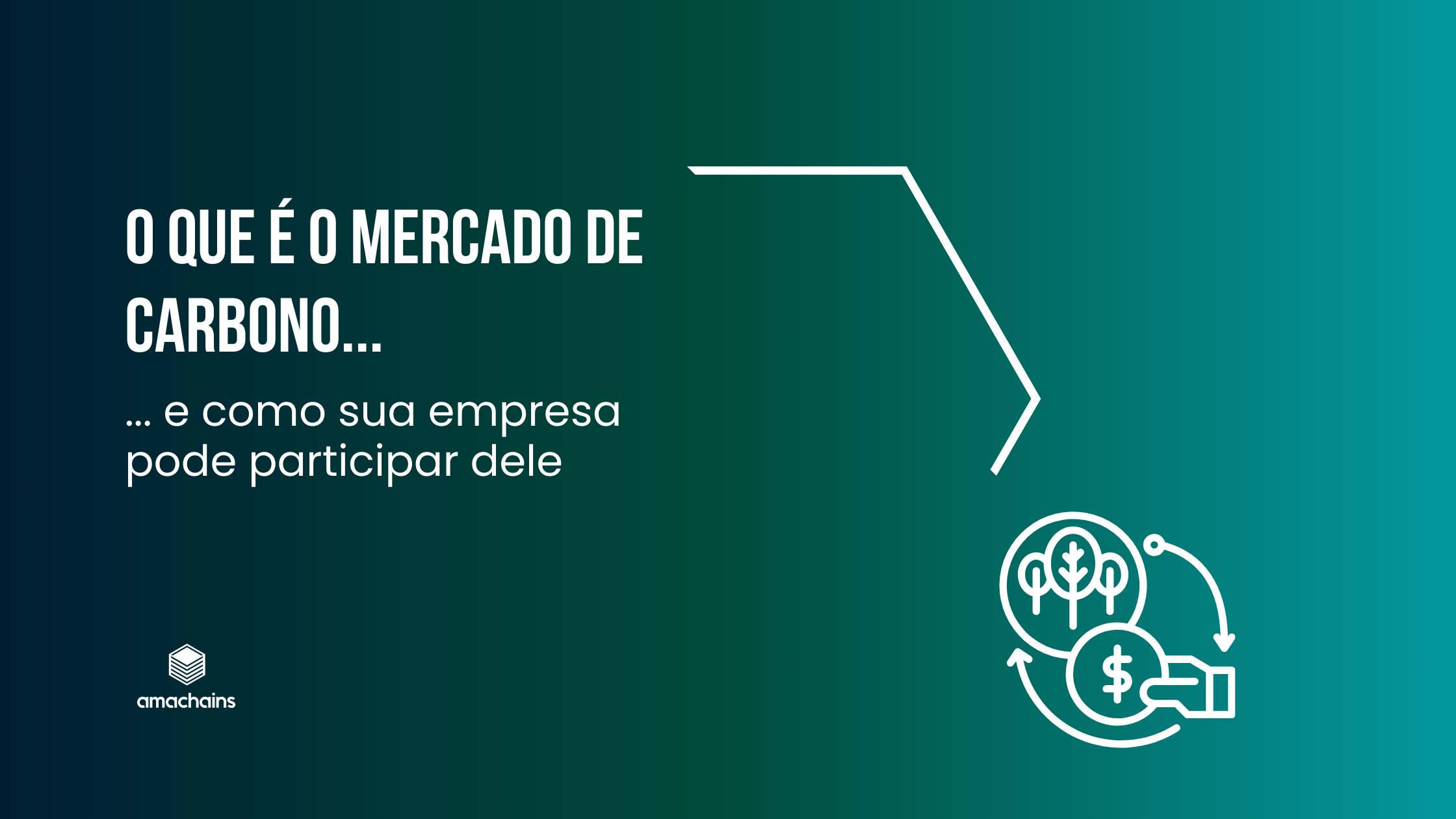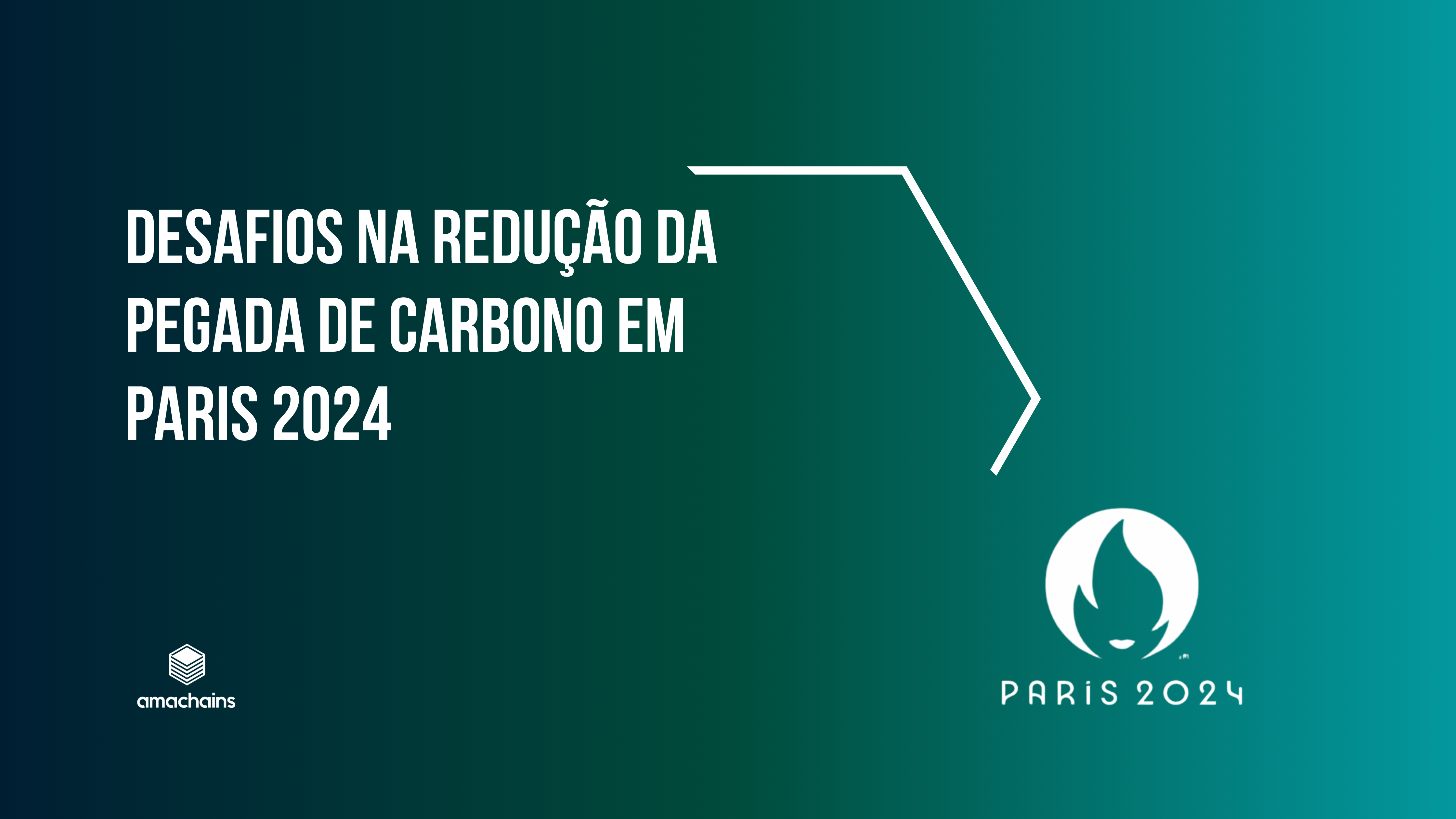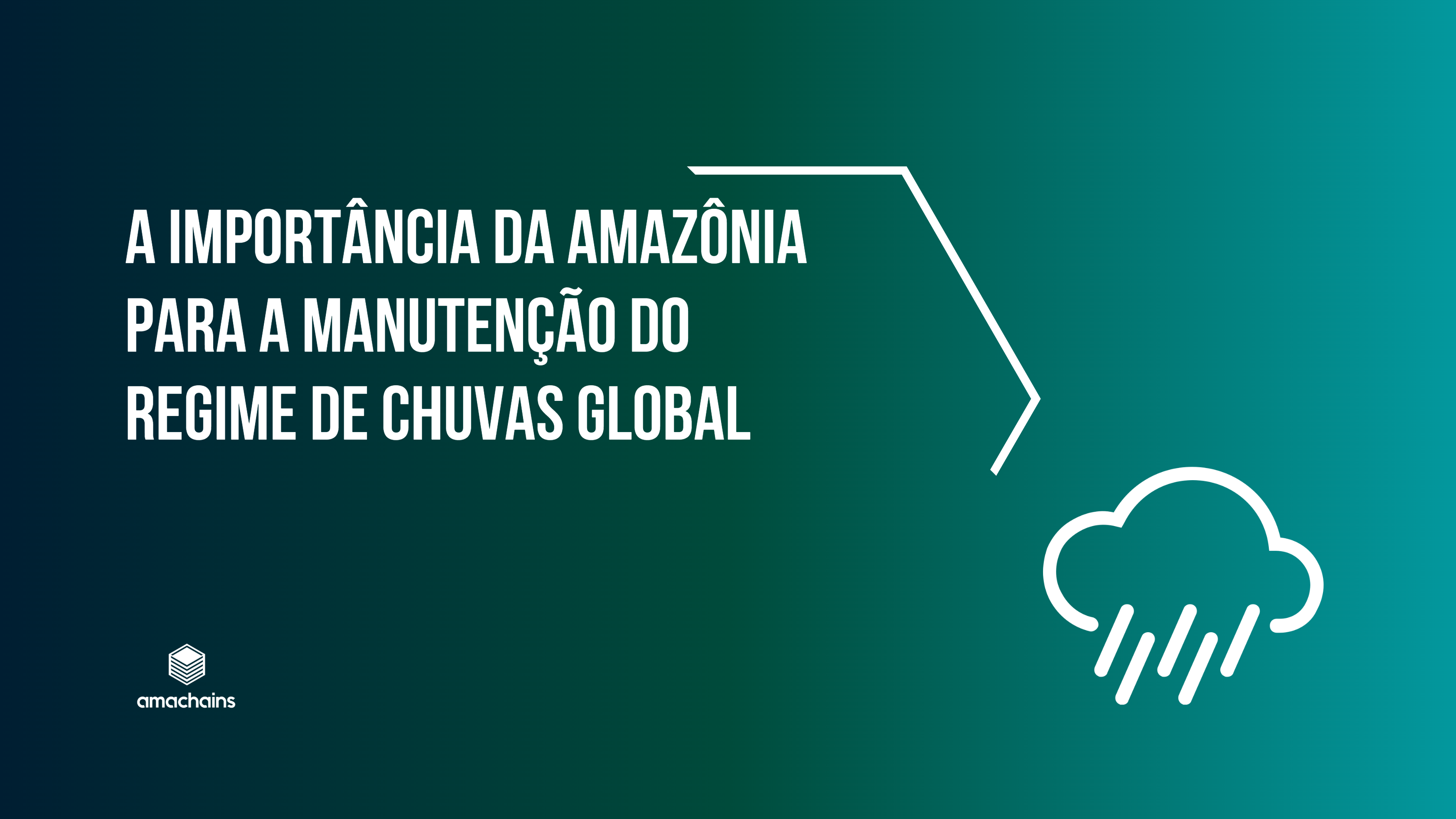Global warming, driven by rising greenhouse gas emissions, is one of the greatest environmental challenges of our time. In the context of the climate emergency, carbon offsetting emerges as a crucial strategy to mitigate the effects of these emissions and limit global warming.
This article explores the concept of carbon offsetting, its importance in the fight against climate change, and examples of activities that can help offset carbon emissions.
What is Carbon Neutralization?
Carbon neutrality refers to the process of offsetting carbon dioxide (CO₂) emissions generated by human activities by removing an equivalent amount of CO₂ from the atmosphere or preventing future emissions.
This process can be achieved through a variety of practices, including planting trees, preserving existing forests, investing in clean energy technologies, and implementing energy efficiency programs.
Importance of Carbon Neutralization
Carbon neutrality is vital for several reasons:
- Reducing Total Emissions: Helps reduce the total amount of CO₂ in the atmosphere, essential to limit global warming to safe levels.
- Meeting Climate Goals: Countries and companies can use carbon offsetting to meet emissions reduction targets set out in international agreements, such as the Paris Agreement.
- Corporate Sustainability: Companies can demonstrate their commitment to sustainability, which can improve their reputation and attract conscious consumers.
- Technological Innovation: Encourages the development of new technologies and practices that contribute to a more sustainable future.
Examples of Carbon Neutralization Activities
Several activities can contribute to carbon neutrality. Here are some examples:
- Tree Planting
Trees are natural carbon sinks, absorbing CO₂ during photosynthesis. Reforestation and agroforestry programs can sequester large amounts of carbon, as well as providing other environmental benefits, such as conserving biodiversity and protecting water resources.
- Forest Conservation
Preserving existing forests is crucial, as these areas already store large amounts of carbon. REDD+ (Reducing Emissions from Deforestation and Forest Degradation) projects financially reward countries and communities that keep their forests intact, incentivizing conservation and sustainable management.
- Renewable Energy
Investing in clean energy sources such as solar, wind and hydropower helps replace fossil fuels and reduce CO₂ emissions. Renewable energy projects not only reduce current emissions, but also prevent future emissions by providing sustainable alternatives for electricity generation.
- Energy Efficiency
Improving energy efficiency in buildings, industries and transport reduces energy demand and, consequently, CO₂ emissions. This can be achieved by modernizing equipment, thermally insulating buildings and promoting public transport and electric vehicles.
- Carbon Capture and Storage (CCS)
Carbon Capture and Storage technology involves capturing CO₂ directly from emission sources, such as industrial plants, and storing it underground in geological formations. This technology is still in development, but has the potential to significantly reduce emissions from hard-to-decarbonize sectors.
- Sustainable Agriculture
Sustainable agricultural practices, such as crop rotation, no-till farming and agroecology, can increase the soil’s capacity to store carbon. In addition, reducing the use of chemical fertilizers and adopting integrated agricultural production systems also contribute to reducing emissions.
Integrated Crop-Livestock-Forestry (ICLF) is an innovative strategy to promote sustainable agriculture by combining agricultural, livestock and forestry activities in the same area. This production system aims to optimize land use, increase productivity and promote environmental conservation. ICLF contributes to improving soil quality, reducing greenhouse gas emissions and preserving biodiversity. In addition, it provides economic benefits to rural producers by diversifying their sources of income and reducing risks associated with pests and diseases. With an integrated and sustainable approach, ICLF stands out as an efficient solution to face the challenges of modern agriculture, promoting a balance between agricultural production and environmental conservation.
Challenges for the future
Despite the potential for carbon neutrality, there are challenges that need to be considered:
- Verification and Monitoring: Ensuring that offset projects actually sequester the amount of carbon promised requires rigorous monitoring and independent verification.
- Emissions Offset: It is important that carbon offsetting does not replace efforts to reduce emissions at source. The priority should be to reduce emissions directly, with offsetting acting as a complementary measure.
- Climate Justice: Carbon offset projects must consider the rights and interests of local communities, ensuring that they benefit and are not harmed by conservation initiatives.
Carbon offsetting is an essential tool in the fight against global warming. Through a combination of reforestation, forest conservation, investments in renewable energy, improvements in energy efficiency, development of carbon capture and storage technologies, and sustainable agricultural practices, it is possible to significantly reduce CO₂ emissions. However, it is crucial that these efforts are well monitored and complement direct emissions reductions, ensuring that carbon offsetting contributes effectively and fairly to a more sustainable future.
